What to see in Praia
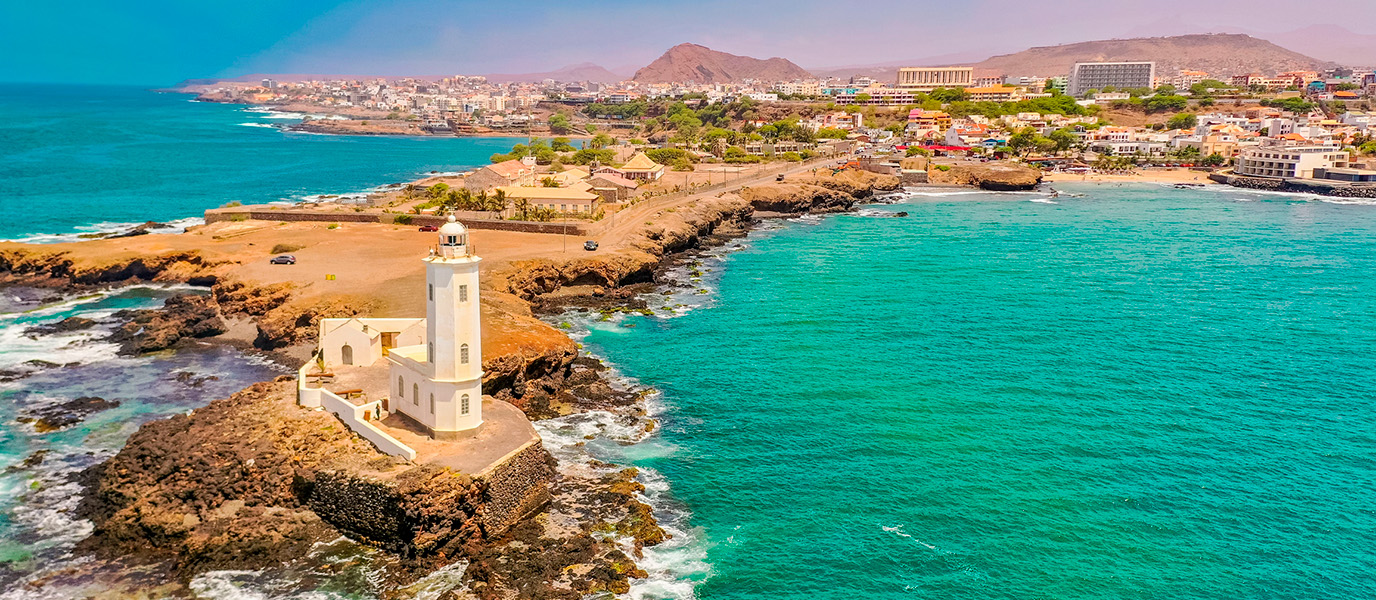
Praia (Cape Verde), a capital city where colonial melancholy and the electrifying pulse of Creole culture meet
The capital of Cape Verde, the usual gateway to the country, is a synthesis of its essence, combining the splendour of the colonial past, visible in the Plateau neighbourhood, with the lively and colourful local life of places like Sucupira Market.
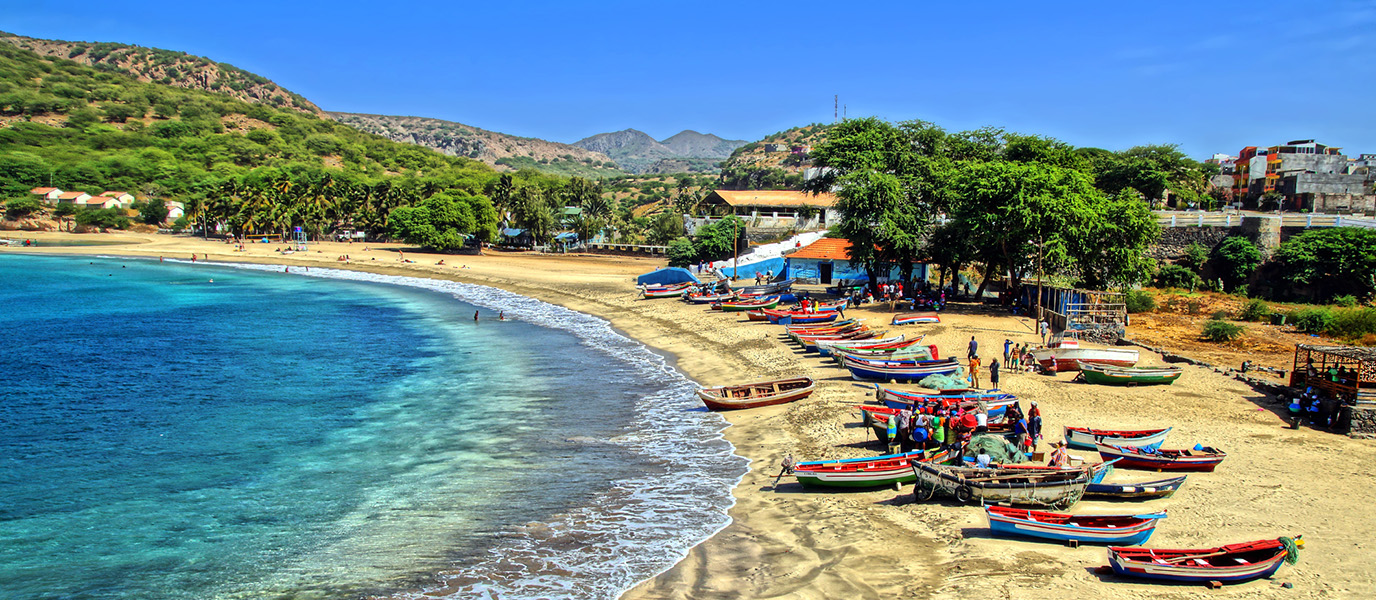
What to see on the island of Santiago, the island that embodies the true character of Cape Verde
Cape Verde’s largest island, the first to be colonised by the Portuguese and the location of Praia, the country’s capital, represents the soul of the country in its synthesis of diverse landscapes and cultures.

What to see and do in Cape Verde: an African paradise with a Portuguese soul in the middle of the Atlantic
This up-and-coming destination, sadly infamous in the past due to the slave trade, today dazzles visitors with its volcanic and tropical scenery, its endless beaches, and its unique Creole culture.
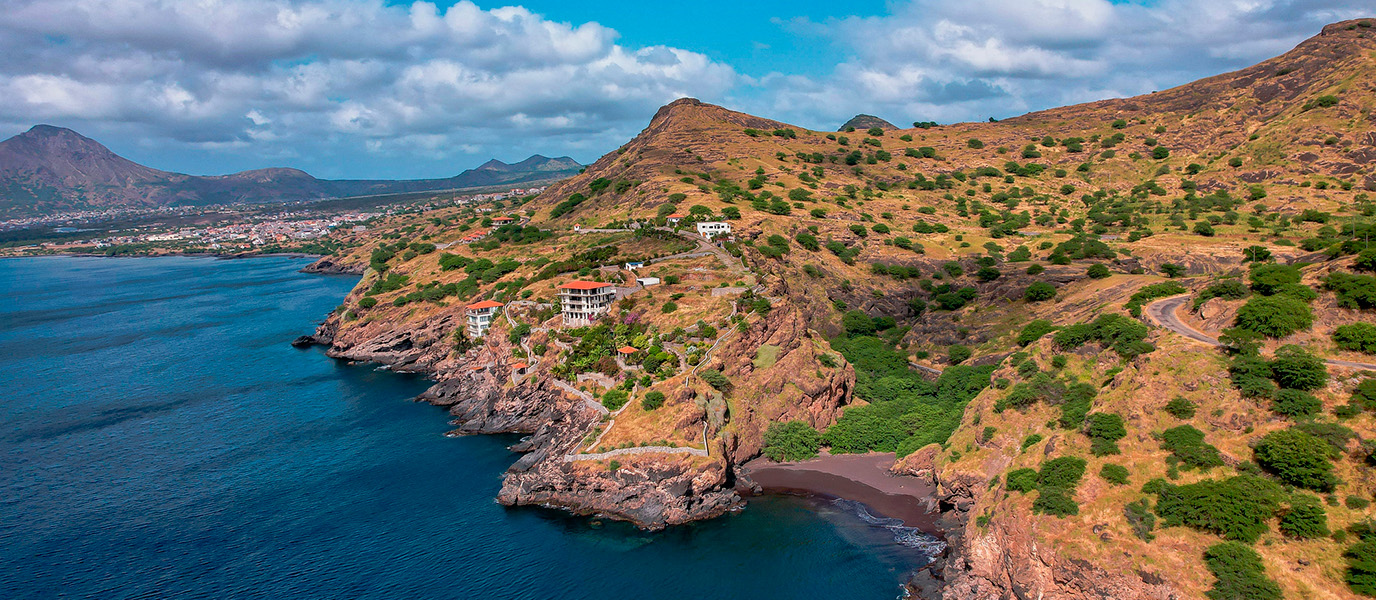
Tarrafal: where the past meets the present
Known for its concentration camp, the ‘Portuguese Auschwitz’, the town also has an excellent beach and other tourist attractions.
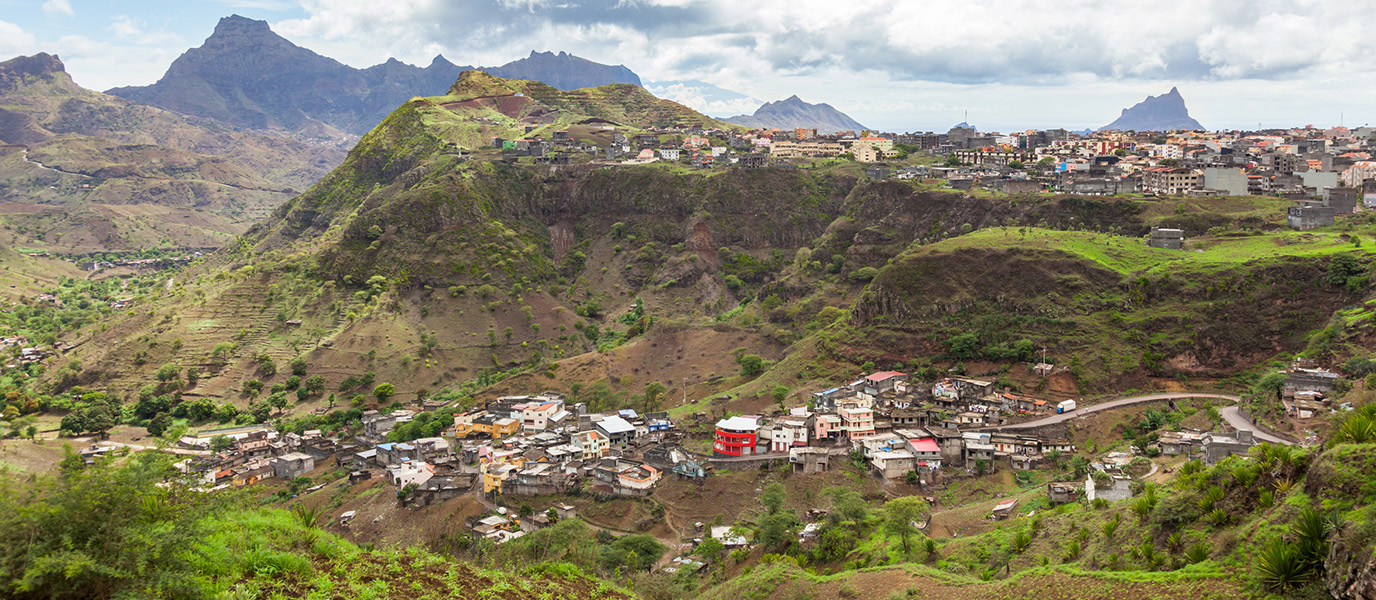
Assomada: where culture shines in Cape Verde
This secluded and lively city on the island of Santiago has a long history and a charming local flavour.
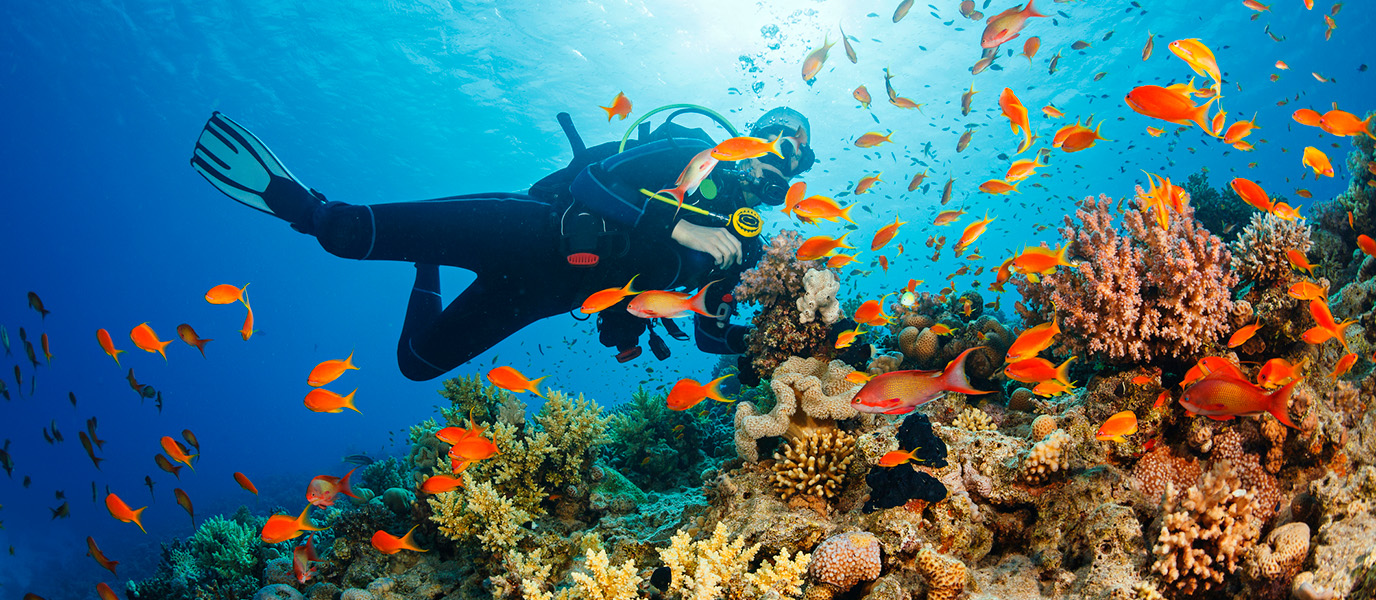
Diving in Cape Verde: a fascinating world of reefs and volcanic formations where sharks, whales and sea turtles await you
The Atlantic archipelago has gained a reputation as a unique diving paradise for its caves and coral-covered volcanic walls and the chance to encounter whale sharks, sea turtles and even humpback whales.
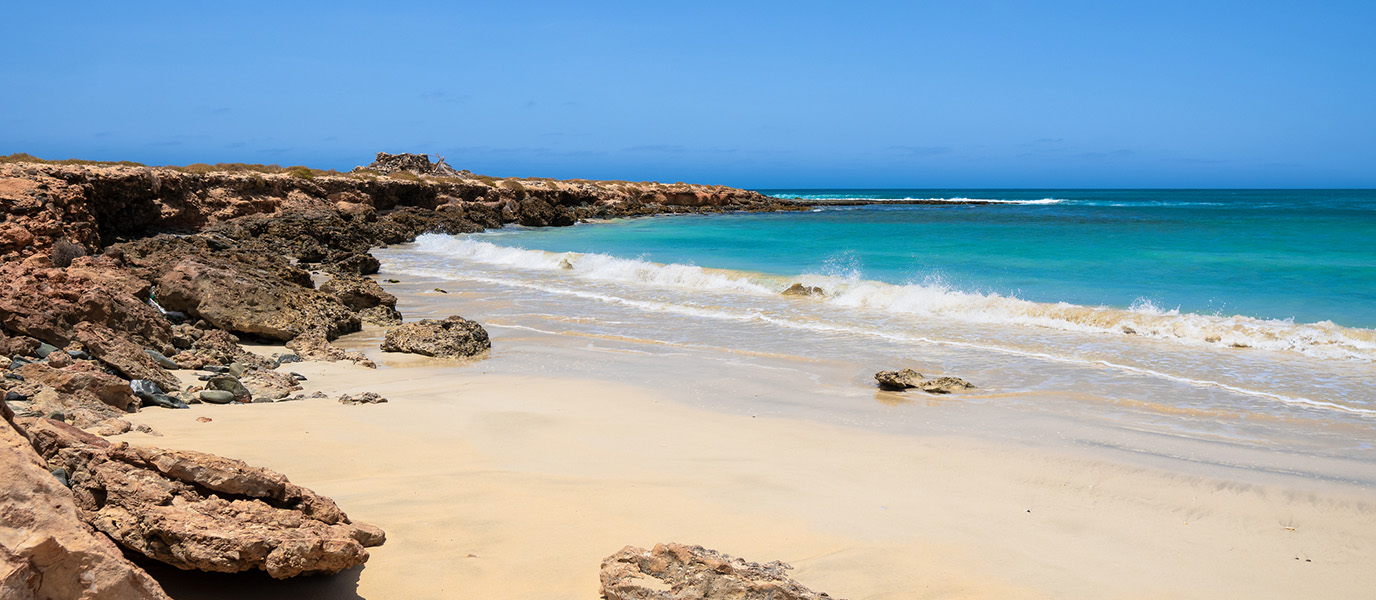
Beaches on the island of Santiago, five areas where you will feel the rhythm of Cape
The beaches on the island of Santiago are home to magical settings full of coconut trees, but also to deserted corners and other areas full of Cape Verdean families with their cool boxes.
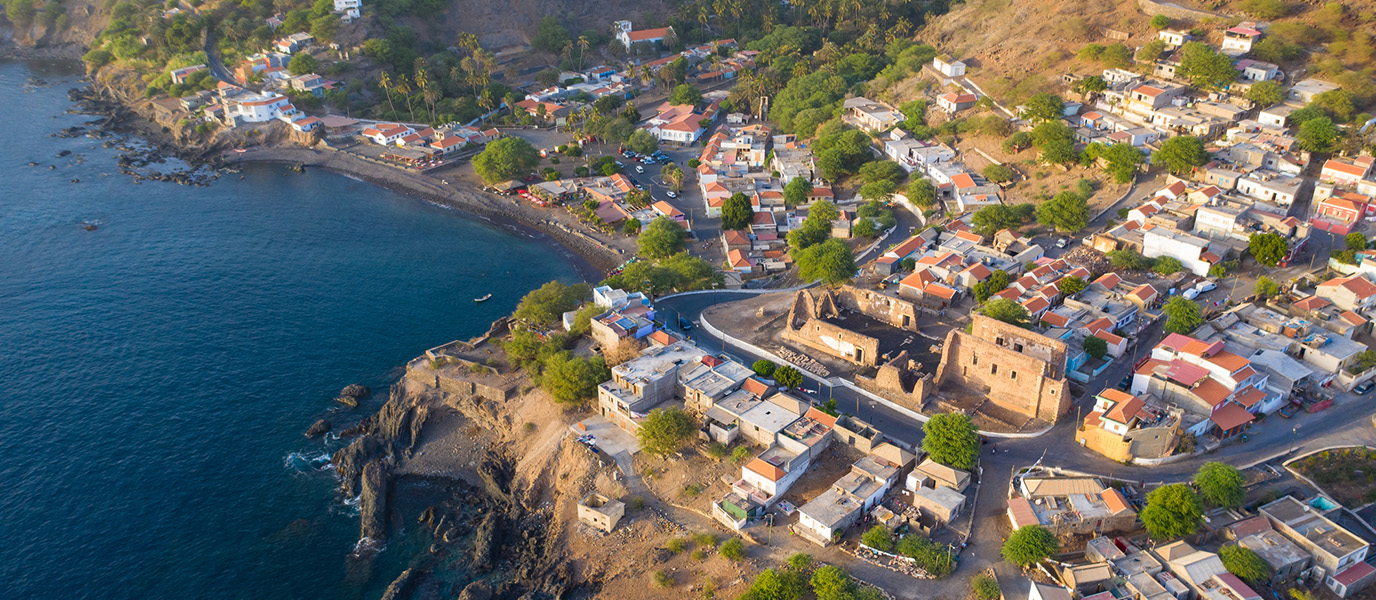
Cidade Velha: the first capital of Cape Verde
Also known as Ribeira Grande de Santiago, the city was founded in the fifteenth century fusing together two worlds: Europe and Africa.
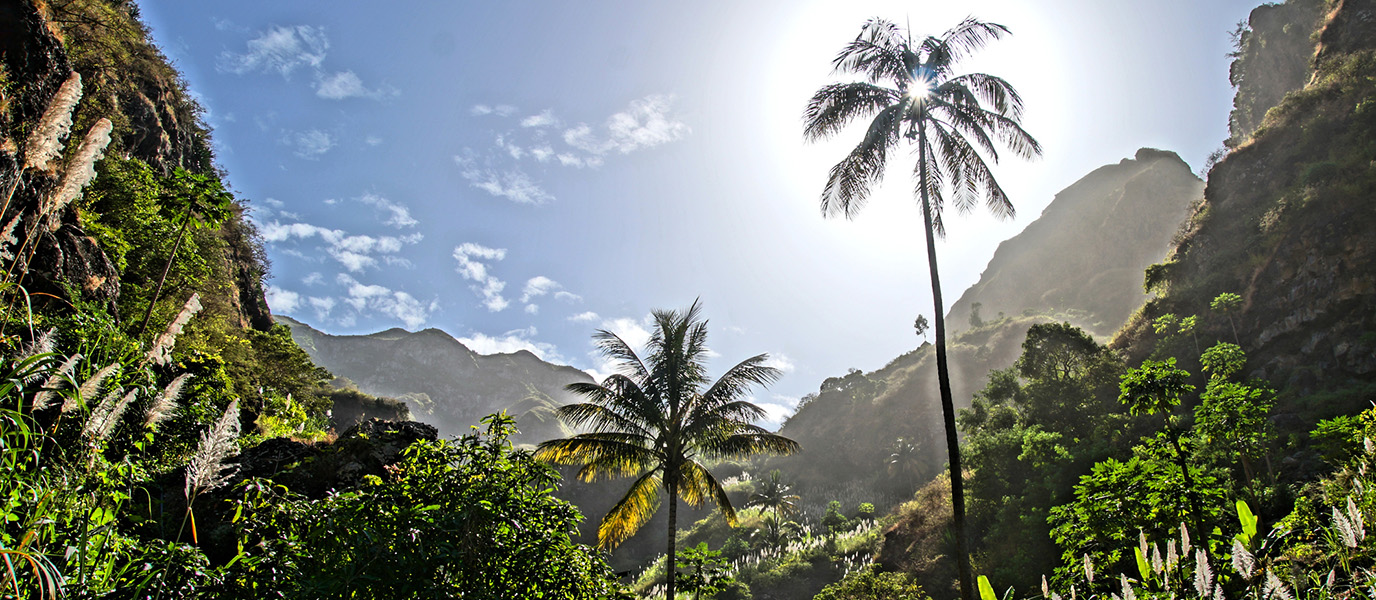
The Serra Malagueta: the rocky heart of Santiago
The Serra Malagueta is the largest natural park on the island of Santiago and home to several endangered species.
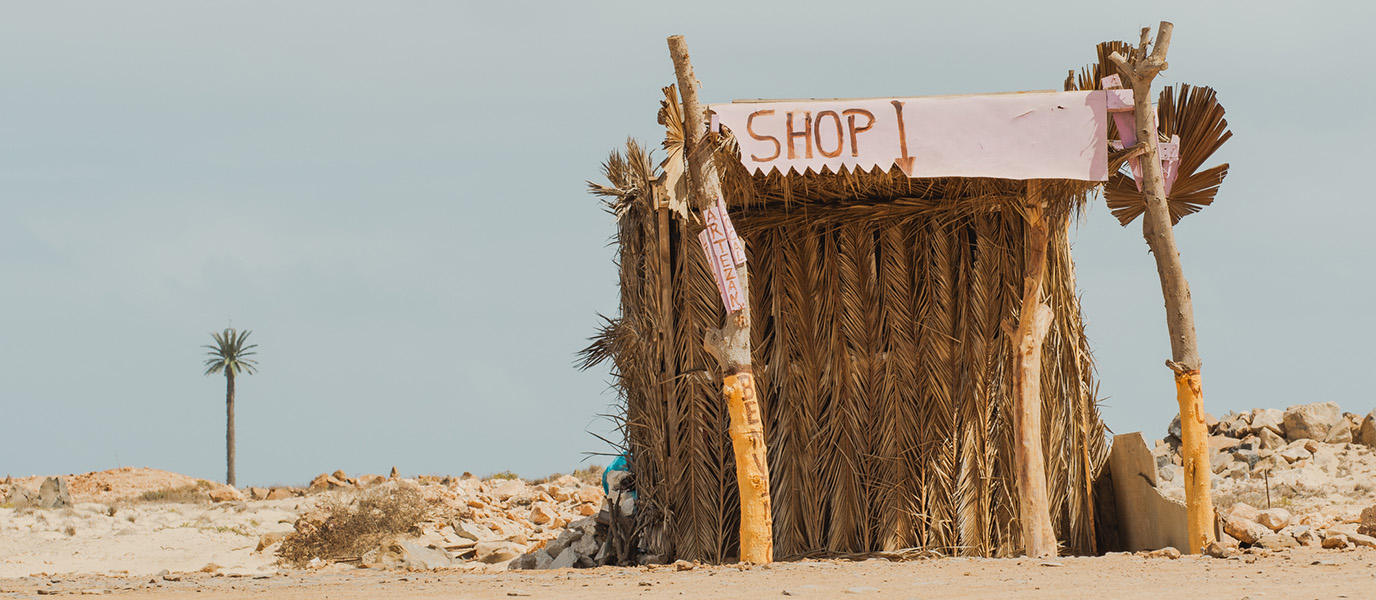
The Rabelados, a step back in time in Cape Verde
The Rabelados are ancient Christian communities that isolated themselves inland to protect one another and live humbly, without a television, radio or mobile phone.
Find your ideal itinerary
We help you design the best itineraries for your stay in Praia.
Select the area you are staying in and the duration of your trip.
What area will you be in?
How many days?



























































